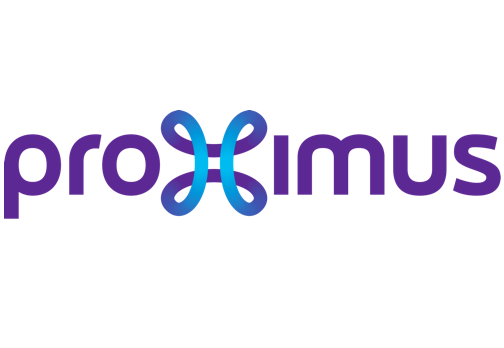As Network Project Manager, all projects linked to LAN-, WAN- and Proxy-traffic are being managed from start to finish. Working together with the main network-supplier, this role involves coördination & communication between all stakeholders such as business users, technical implementors and other external suppliers affected by the changes. Some example-projects are upgrades of the WAN-connections, improvements of the Proxy-config, connectivity of new locations across EMEA and LAN-refreshes.
Profile

Bastiaan Lambrey
Sr. Consultant IT Project Management
Project Missions
Be the lead of different kinds of Infra-projects in the division of “Cloud Solutions & Projects”, from intake to closure, working together with the internal (and sometimes 3rd party) system engineers & support engineers to cover the foreseen scope and in close collaboration with the pre-sales- and/or lead architect, account manager, service manager and the actual end customer.
The role of a Technical Project Manager is to drive all projects that are requested by the applicable Service Manager. In the domain of Telecom & Network these can be implementation- or enhancement-projects on various hardware equipment, as well as migration-projects and old system phase-outs.
A Business Project Manager within the Residential Marketing department works in close collaboration with the Product Manager to guide the different projects related to the product from scoping to the final put-in-production. Typical projects cover the launch of a new tool, the rollout of new functionality towards customers or a back-end-change to the systems that allows a new service to be marketed.
The role of the Project Manager is to guide a project through a different set of defined phases (passing so-called “Gates”) to a good end. These different phases include a scoping confirmation, planning and implementation, warranty and finally closure. AXA-Tech is an independent company that delivers IT Infrastructure services towards its main client AXA Belgium and a number of smaller clients of the AXA Group. Projects are very divers with a mix of different technologies. Some examples are the rollout of new infrastructure (thin clients) in the Bank Agencies, the migration of all Oracle 10g DBs to new 11g-machines, the migration of all remaining W2003-servers to new W2012-machines.
The role of an Implementation Manager is the same as that of a Technical Project Manager. The objective is to lead the implementation of a specific product throug different phases in all environments (DEVevelopment/TeST/ACCeptance) to end up with an installed product in PRODuction.
Within ING, we are working for the Security Risk Management-team that is responsible for implementing 2 monitoring-tools Tripwire (http://www.tripwire.com) and NetIQ (http://www.netiq.com/). Where NetIQ is used to track security events, Tripwire is responsible for the daily check of a machine state. Both tools can create tickets upon events to tackle problems.
The main task of this mission is to make a deep analysis of the Project Management process and the Release Management process to find the strong and the weak points. With input from the people in the field, who have to apply the processes, we want to simplify and document them in order to use them company-wide.
The role of the Project Manager is to guide a project through a different set of defined phases (passing so-called “Gates”) to a good end. These different phases include a scoping confirmation, planning and implementation, warranty and finally closure. AXA-Tech is an independent company that delivers IT Infrastructure services towards its main client AXA Belgium and a number of smaller clients of the AXA Group. Projects are very divers with a mix of different technologies. Some examples are the setup of a new environment for a new application; the roll-out of new Proxy-servers for internet access; the setup of automatic file transfers with different entities of the AXA-Group (called OPCOs); Data center consolidation & migration.
A release coordinator has to guide a bundle of changes through different steps (SOLution Testing) into Production. In the complete process (the Corporate Release), he takes care of the day to day change management on STE and is responsible for the planning of the environment migrations.
A Change Coordinator is part of the change management team and follows the Release and Change process. He has to assess and approve/reject interventions and organize a weekly meeting called the “Change Advisory Board”. On top of that he helps users to understand and follow the process and gives support for the tools used with that.






